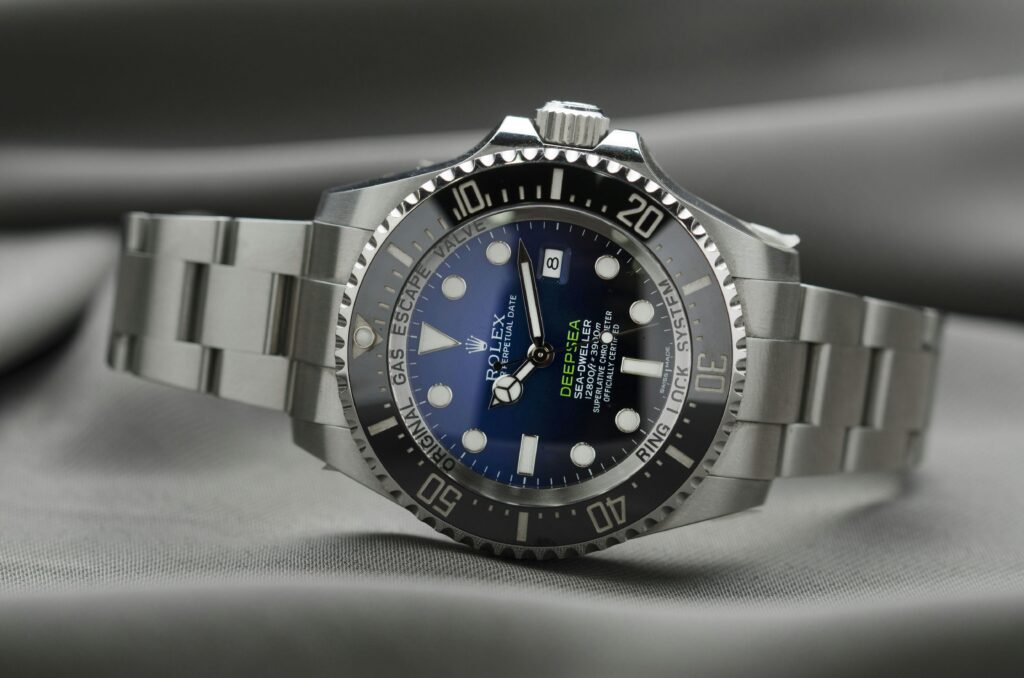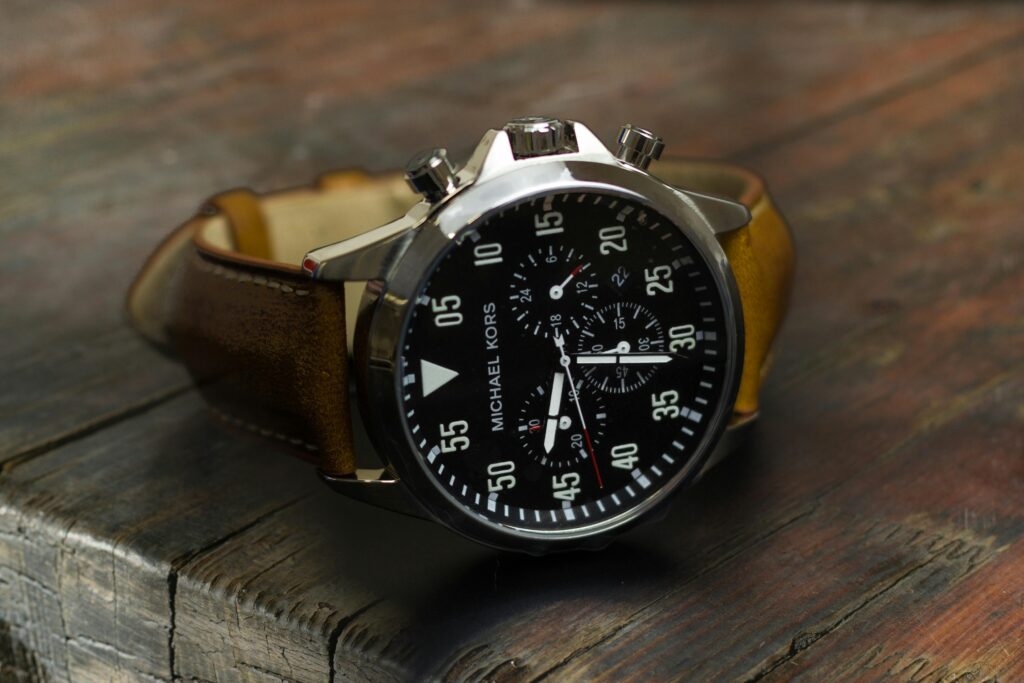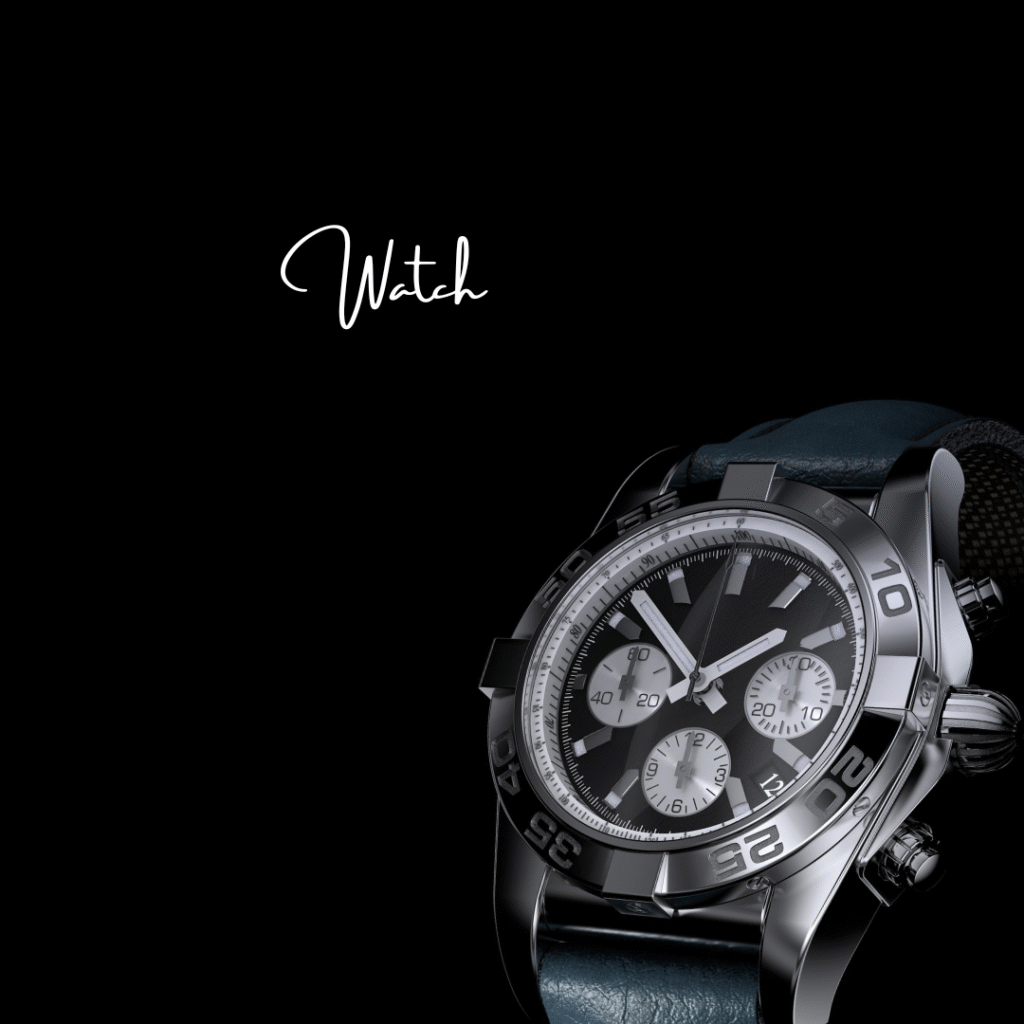Watches are more than just timepieces; they are status, achievement, and sophistication markers. Luxury timepieces have long been considered one of the most potent status symbols one may wear. Luxury watches represent the highest level of quality, tradition, and status, whether they are carried by royalty in Patek Philippe, by corporate executives in perfectly polished Rolex, or by famous individuals in Audemars Piguet. It may seem pointless to purchase a luxury watch in the modern world, where computerized gadgets rule the timekeeping industry. But these technological wonders are more alluring than ever. They are investments, heirlooms, and individual declarations of sophistication and taste. Let’s examine the craftsmanship, heritage, and investment worth of luxury watches, as well as some of the most recognizable models and brands, and go deeply into why they represent status and class.

A Sign of Achievement
Luxury timepieces are frequently linked to both monetary success and social acceptance. Professionals have been giving themselves a Rolex or Chanel watch for decades to commemorate significant career achievements, such as securing their ideal position, closing a big deal, or hitting a particular revenue threshold. Wearing such a watch subtly acknowledges discipline and hard work in addition to personal success.
Classic Style
A finely made timepiece is always in style. Luxury timepieces are made to last for decades, in contrast to many fast-fashion accessories. They are the epitome of subtle elegance, indicating that the wearer prioritizes classic style over fads.
Tradition and Heritage
Luxurious watches frequently have lengthy histories that link their owners to a heritage of watchmakers and customs. The famous quote from Patek Philippe reads, “You never really own a Patek Philippe.” All you do is take care of it for future generations. This tagline highlights how these timepieces are intended to be cherished by generations, as well as a source of individual enjoyment.
Cultural Power Symbol
From Hollywood to the political arena, high-end timepieces are everywhere. While several international leaders have been seen sporting Rolex Datejust or Day-Date models, James Bond dons an Omega Seamaster. These cultural allusions support the notion that high-end timepieces are associated with power, prestige, and influence.
The Artistry Involved With Status
The craftsmanship and skill that go into making luxury timepieces are among the main factors that make them a mark of distinction. High-end watches, as opposed to mass-produced fashion watches, need numerous hours of skilled labour, creative design, and technical know-how.
Accurate Engineering
Hundreds of microscopic parts are used to create mechanical movements by luxury manufacturers like Jaeger-LeCoultre, Vacheron Constantin, and Audemars Piguet. To ensure perfect precision, these devices are frequently hand-assembled and undergo a thorough testing process.
Uncommon Resources
Luxury watches employ dials made of ceramic, titanium, platinum, gold, and even meteorite. Since diamonds and sapphires are frequently set by hand by talented craftspeople, every watch is a tiny piece of jewellery.
Difficulties
The term “complications” in horology refers to extra features that go beyond simple timekeeping, like tourbillons, chronographs, perpetual calendars, and moon phases. These characteristics, which demand extraordinary technical skill, make the watch a representation of style and creativity.
Finishing by Hand
Even the concealed parts of many high-end timepieces are carefully polished, stamped, and decorated. Mass-market brands are unable to match this unseen artistry’s dedication to tradition and precision.

The Worth of Luxury Watches as an Investment
Luxury watches, in contrast to the majority of fashion items, frequently increase in value over Time. Specific models are desirable investments due to their high demand and uniqueness. At the sale, Rolex Daytona watches with “Paul Newman” editions have brought many millions of dollars. Richard Mille and Audemars Piguet limited editions frequently fetch double or triple their initial cost when resold. Grand Complications by Patek Philippe are highly prized by collectors all over the world. Their status connotation is further enhanced by this financial component, which suggests that possessing such a watch not only indicates wealth but also intelligence and financial acumen.
Class-Symbolic Iconic Luxury Watch Brands: Rolex
Rolex is arguably the most well-known luxury watch brand and has come to represent achievement. Business executives, celebrities, and professionals often wear models like the Rolex Submariner, Datejust, and Day-Date, which are renowned for their exceptional quality and distinction. The crown logo is a universal prestige symbol in and of itself.
Philippe Patek
Patek Philippe, known for its rarity and artistry, is considered the ultimate in watchmaking. Among the most sought-after watches in the world are its intricate models, such as the Calatrava and Nautilus. Many people think a Patek Philippe is the best heirloom watch.
Piguet Audemars
With its striking, athletic, and opulent appearance, Audemars Piguet, best known for the Royal Oak, upended conventional watch design. It is especially well-liked by athletes and artists as a representation of contemporary status and uniqueness.
The Omega
Omega blends cultural presence with heritage. Omega embodies a fusion of innovation and history as the official Olympic timepiece and the watch selected by NASA astronauts for space travel. Its Speedmaster and Seamaster collections are both classic and fashionable.
The Rolex
Rolex combines its knowledge of jewellery-making with horology. Cartier watches are beloved for their exquisite design and are best known for the Tank and Baker models. Cartier represents elegance and aristocracy and is worn by movie stars and royalty.
Mille, Richard
Richard Mille is a relatively new brand that embodies contemporary luxury. Elite athletes and celebrities like those who wear Richard Mille watches because of their futuristic designs, ultra-light materials, and frequently six-figure pricing. They exhibit exclusivity and state-of-the-art innovation.
Constantin Vacheron
Vacheron Constantin has an unparalleled legacy as one of the oldest watchmakers. Collectors who appreciate heritage, history, and style are frequently drawn to its clocks because of their timeless and beautiful designs.

Why Expensive Timepieces Will Always Be Associated with Class
Scarcity and exclusivity
Many high-end models are produced in limited quantities, which ensures their uniqueness and appeal.
Tradition
Digital devices cannot replace a 200-year-old watchmaking tradition.
Physical Presence
Since a luxury watch is always on the wrist, it immediately conveys status and taste.
Emotional Value
Receiving a high-end watch as a gift or inheritance fosters memories and a sense of personal attachment that extends beyond its financial value.
Universal Recognition
The prestige of a Patek Philippe or Rolex watch is recognized worldwide, unlike luxury goods such as vehicles or designer outfits, which may vary depending on the culture or region.
The Mental Health Effects of Wearing Expensive Watches
Owning a luxury watch is not just about external acknowledgement; it also impacts the wearer’s self-perception.
Confidence Boost
Wearing a high-end watch makes you feel more confident in social and professional settings.
Attention to Detail
Choosing a mechanical masterpiece displays a personality that appreciates accuracy, quality, and artistry.
Social Belonging
Among certain circles, luxury timepieces are conversation starters and marks of shared appreciation for horology.
Personal Reward
For many people, a high-end watch represents a sense of achievement and is a material reward for years of hard work.

Luxurious Timepieces as Statements of Contemporary Lifestyle
Luxury timepieces are no longer limited to formal occasions or boardrooms in today’s society. They have become multifunctional lifestyle accessories. Sporty models, such as the Rolex Submariner or Omega Seamaster, pair well with casual clothes while maintaining a refined look. Dress watches, such as the Patek Philippe Calatrava or the Cartier Tank, complement evening wear, symbolizing polished elegance. Professor Richard Mille and Hublot’s avant-garde designs reflect the bold individuals who value creativity and uniqueness. People subtly convey their identity—whether it be conventional, daring, or modern—by selecting a specific brand or model.
Conclusion
Luxury timepieces are more than accessories; they are strong emblems of status, taste, and accomplishment. They represent a fusion of rarity, craftsmanship, and legacy that no electronic gadget can match. From Audemars Piguet to Cartier, Patek Philippe, and Rolex, these companies have produced works of art that are prized as investments and heirlooms in addition to being excellent timepieces. A premium watch provides something uncommon in today’s fast-paced digital world: permanence. It narrates not just the period but also the tale of achievement, sophistication, and custom. Possessing such a watch is a declaration of identity rather than necessity; it shows that the wearer appreciates quality, loves tradition, and knows what actual class is. Luxury timepieces, which are tiny works of art on the wrist that speak louder than words, continue to be the ultimate symbols of status and beauty for people who want to exude style and make an impression.



